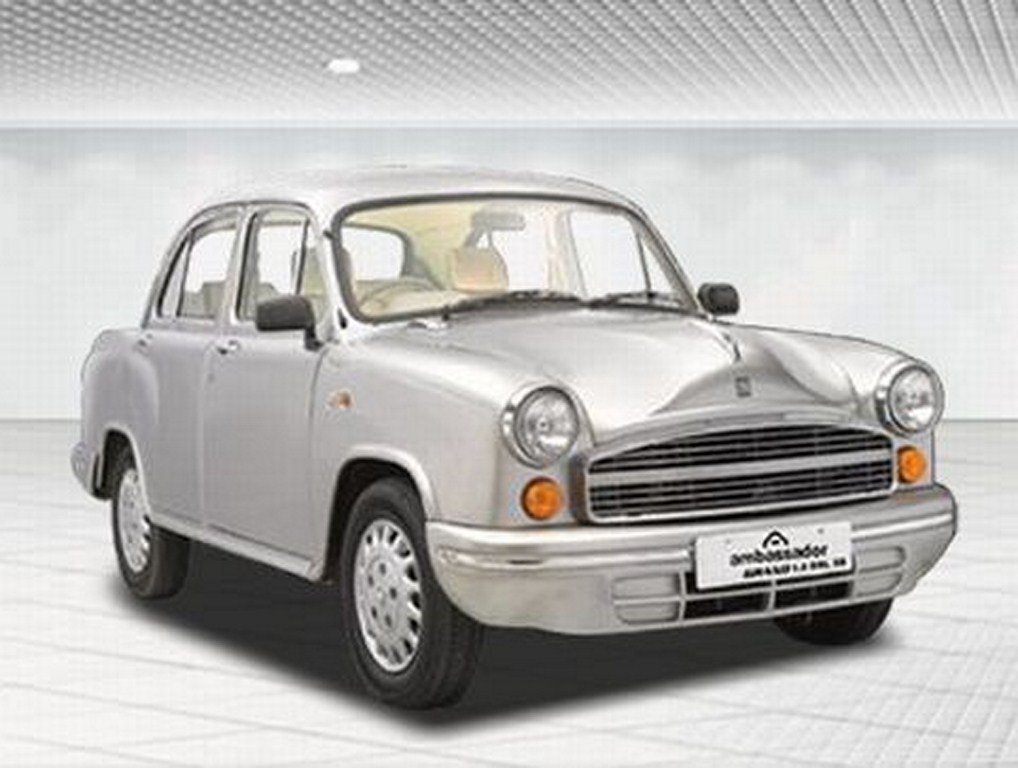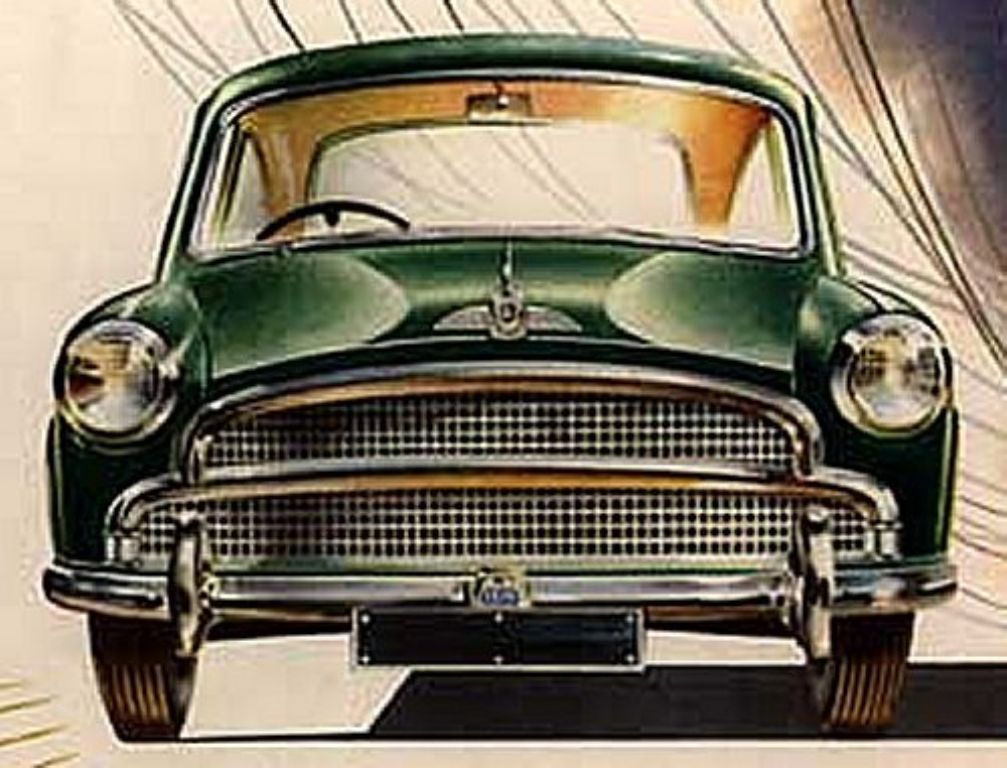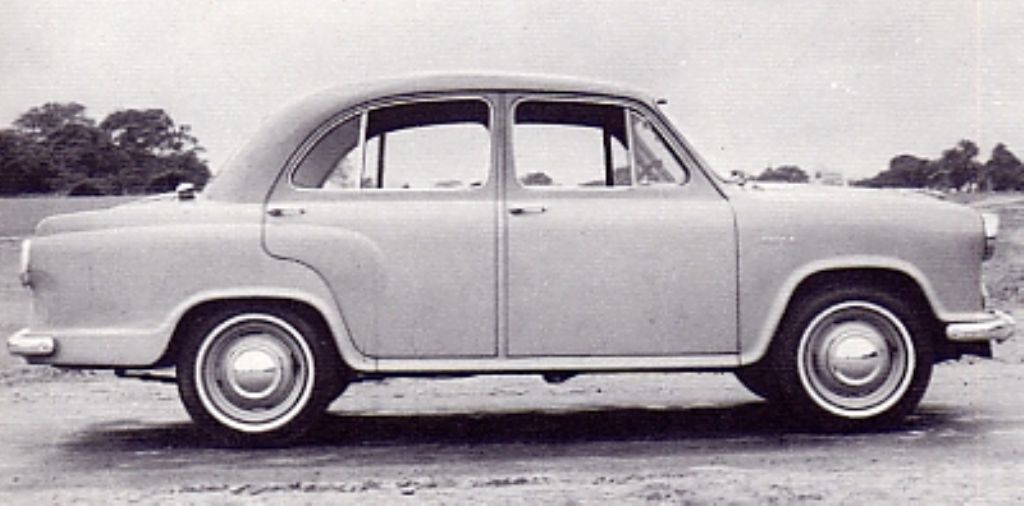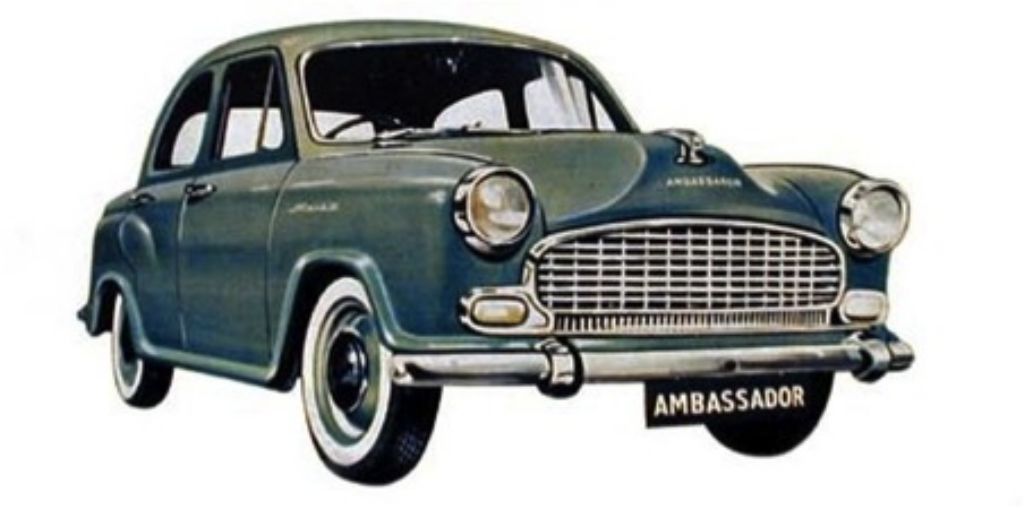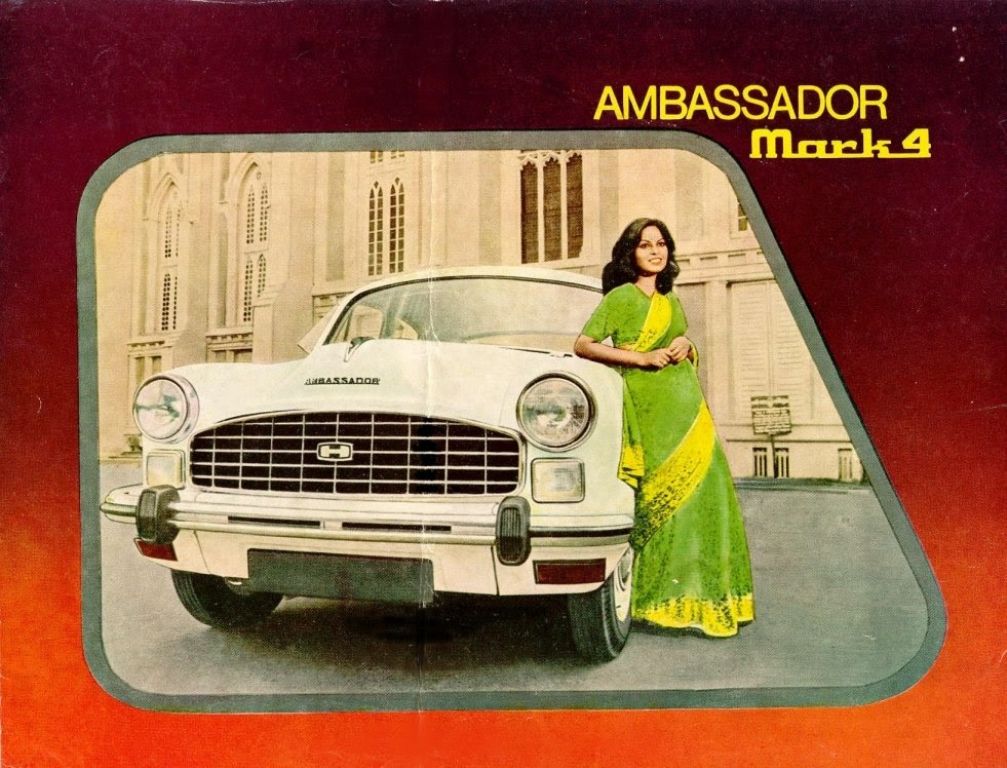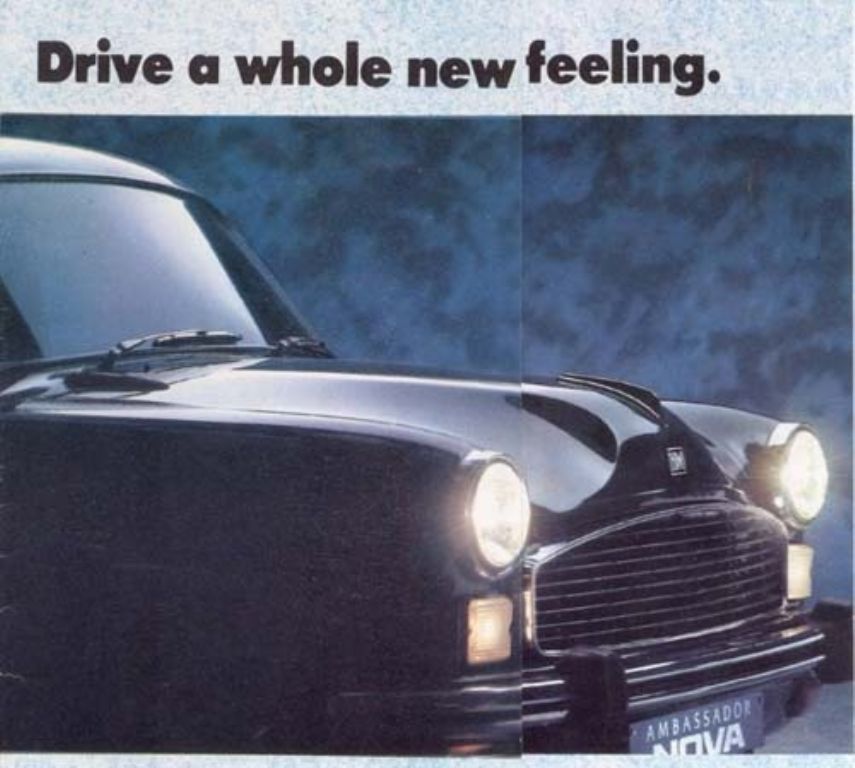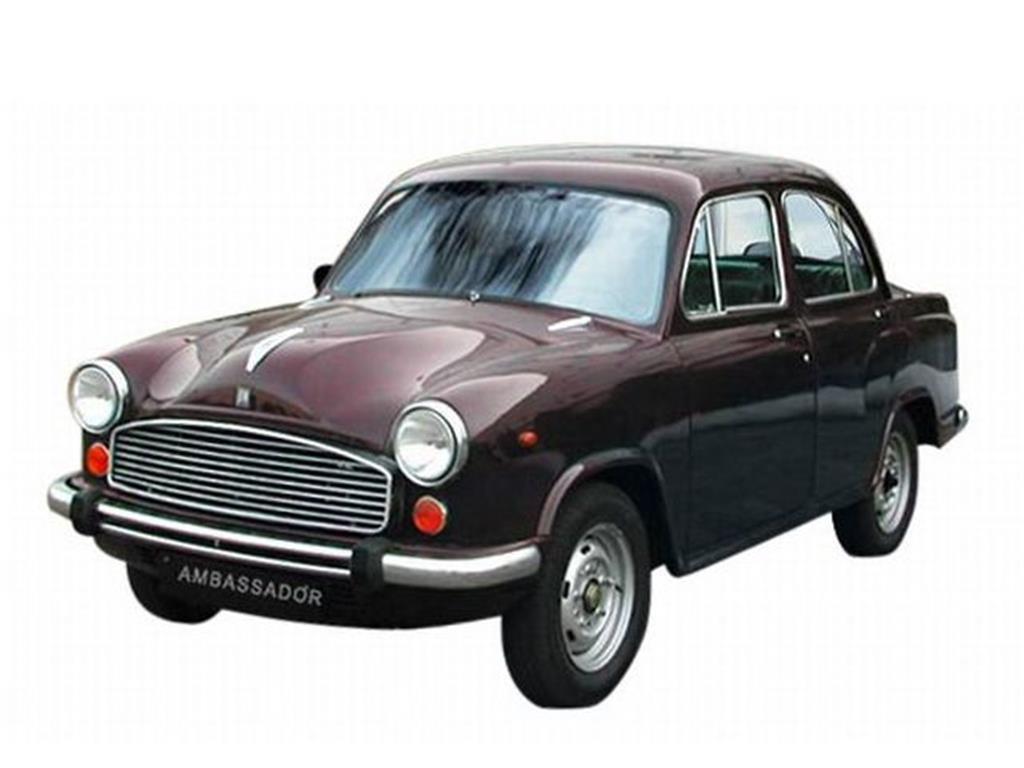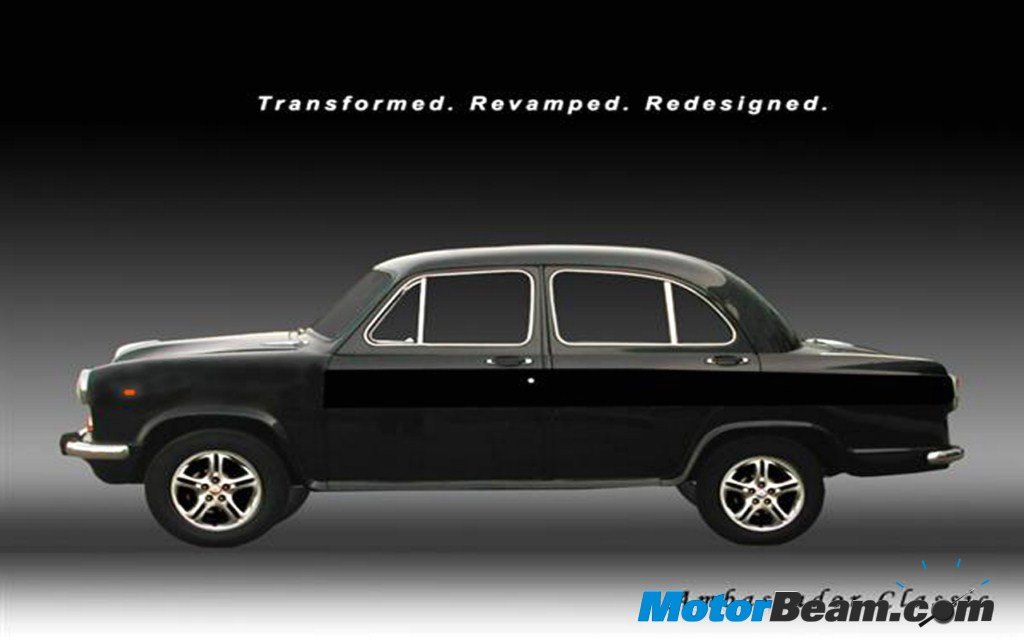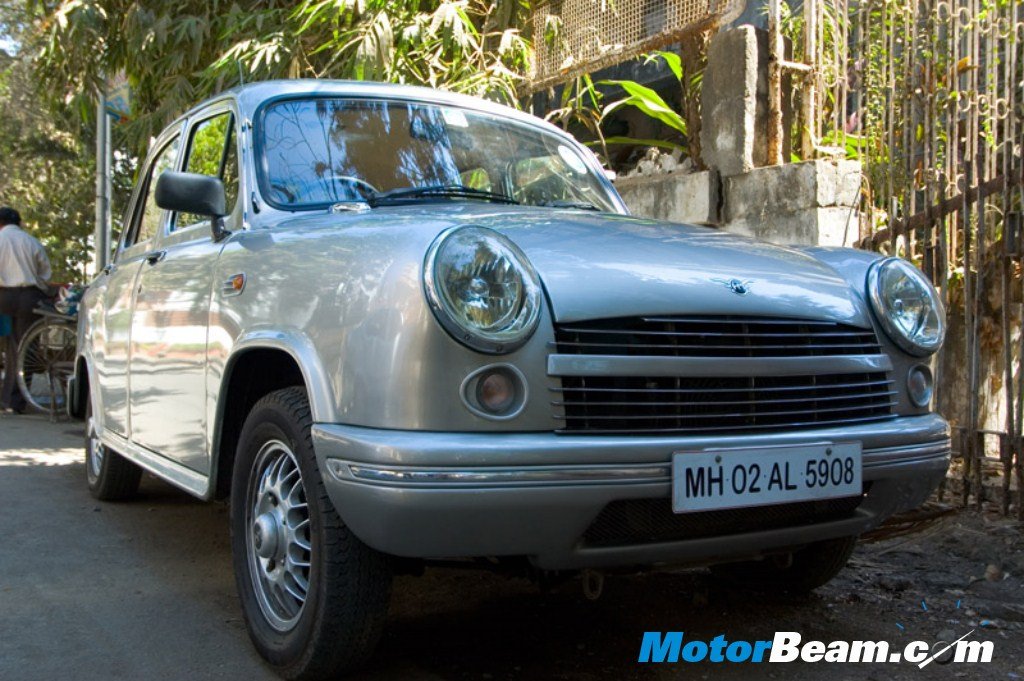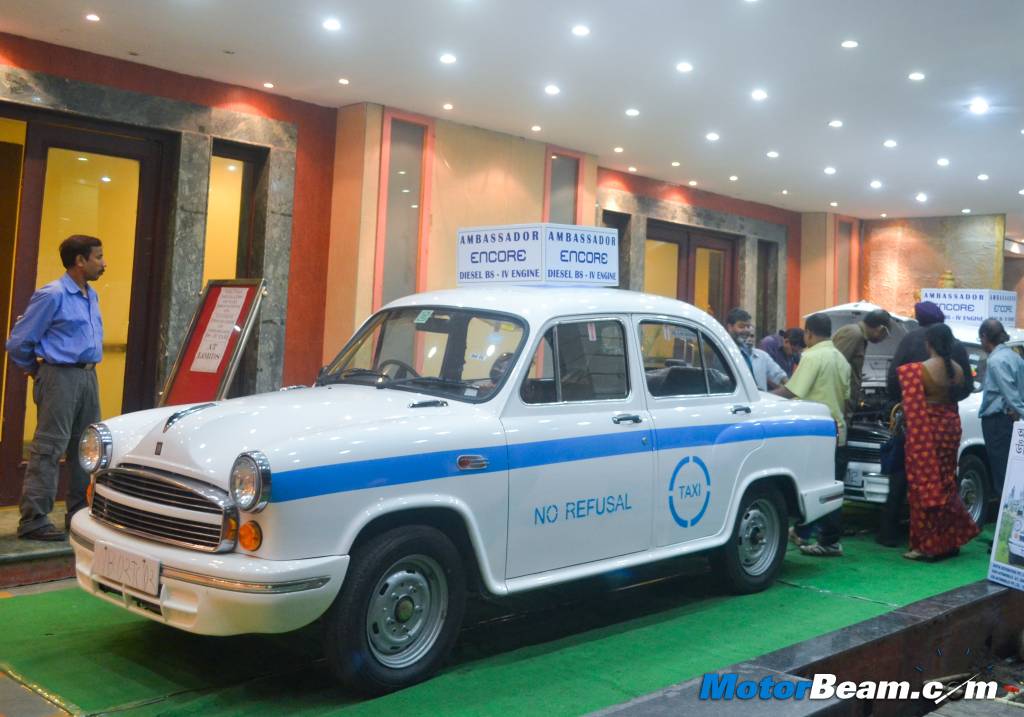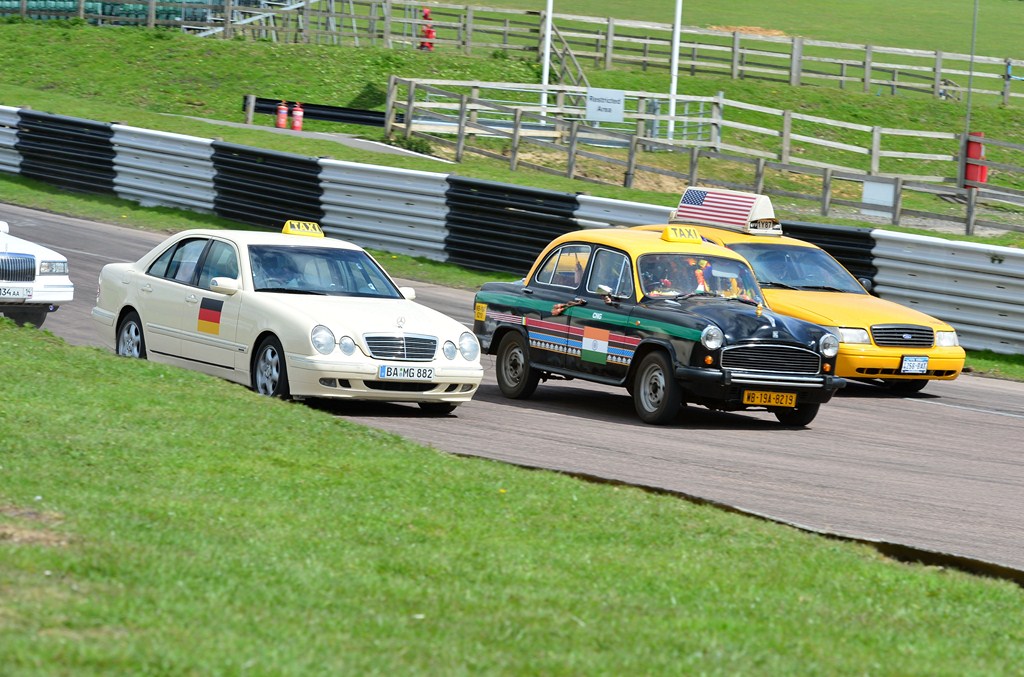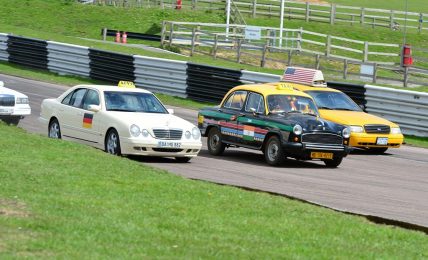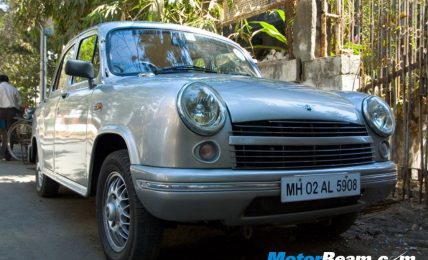The Hindustan Motors Ambassador is one of those vehicles that don’t need any introduction. It is a very iconic car that has been selling in India ever since 1957. Based on the Morris Oxford III model, the Ambassador did carry some minor changes that were done by HM to differentiate it from its English counterpart. The Ambassador sold well in its hay days and it was fondly called the ‘King Of Indian Roads’.
Hindustan Motors was established by the C.K. Birla Group in 1942. The HM Ambassador was used as a private vehicle, as a taxi and even made its way to many politicians’ fleet. The Ambassador also got a nickname ‘Amby’ and it continued to form an iconic status. While early assembly of the vehicle was carried out at a small plant in Port Okha, Gujarat, the company then moved production to a bigger facility in Uttarpara, West Bengal. The vehicle was given the tag of the Hindustan Landmaster. The HM plant also manufactured the Contessa, Pushpak, Trekker and Porter along with the Amby.
Hindustan Motors has now discontinued the production of the Ambassador owing to low sales and increasing losses. The company kept selling the same vehicle for 57 years without any significant improvements. Sure, there was some minor changes being made to the iconic car every now and then but the overall vehicle remained largely the same.
With increasing competition, evolving technology, knowledgeable buyers, the fate of the Amby was expected to be sealed. There were hardly any takers for the vehicle and HM kept giving hints that they are planning to expand the Ambassador range by launching a sub-4-metre compact sedan but the company just kept talking and never did anything. HM has taken hardly any efforts to market and sell their products and it was because of a similar reason that capable vehicles from Mitsubishi too didn’t perform well in our market. Hindustan Motors could have developed a brand new improvised version of the Ambassador that would look chic, come with all the latest goodies and with a new engine the car would have surely taken off again.
Anyway, since the Ambassador is now axed, we really cannot do anything else except giving it a good farewell.
Let’s have a look at the different models of the Ambassador that HM introduced in the market –
Ambassador Mark I – The Ambassador Mark I was introduced in 1957 and it was based on the Morris Oxford III, replacing the Landmaster based on the Oxford II. Changes on the outside included deep headlight cowls and rear tail-fins. The steering and dashboard were also redesigned. The earlier models came with a 1476cc petrol engine which was then replaced by a 1489cc BMC B-Series petrol engine in 1959.
Ambassador Mark II – HM gave the Ambassador a facelift in 1963 and the only change was a new grille which featured a chequered design. Seniors from the Birla family refused to use the Amby as their personal vehicle which clearly reflected that the quality of the vehicle was surely not up to the mark.
Ambassador Mark III – The Amby got another facelift in 1975 and changes were made to the grille and the dashboard came with a full black colour scheme. Some other revisions included new tail lights and number plate light. The Ambassador Mark III was available in two variants – Standard and Deluxe.
Ambassador Mark IV – The Mark IV was introduced in 1979 and it featured a chequered grille, square parking lamps and separate turn indicators. The most significant addition to this model was the introduction of a diesel engine. The oil-burner was a 1498cc unit which gave out 37 BHP of power and it was the first diesel car in India. The Mark IV was available in Deluxe variant and later it was renamed Ambassador Nova.
Ambassador Nova – The Nova was launched in 1999 and it came with a new steering wheel, steering column and a new radiator grille. HM also worked on the brakes and electricals to improvise on them. The Amby Nova continued to be powered by 55 BHP petrol and 37 BHP diesel engines.
Ambassador 1800ISZ – The Ambassador 1800ISZ was quite a significant update to the vehicle. It came with an 1800cc 4-cylinder petrol engine producing 75 BHP of power. Bucket seats were optional and the instrument cluster was shifted from the centre of the dashboard to the right i.e. behind the steering wheel. Seatbelts finally became standard on the Amby. The 1817cc engine was also offered with the Contessa in a higher state of tune i.e. 88 BHP of power.
Ambassador Classic – The Ambassador Classic came with a new dashboard, polyurethane seats and pull-type door handles. The gear lever was finally floor-mounted. The suspension setup was tweaked and top variants featured servo-assisted brakes and a power steering.
Ambassador Grand – The Grand made its debut in 2003 and HM claimed that this model came with 137 changes including body coloured wrap around bumpers, camel coloured interiors, fabric seats, remote shift gear lever, moulded roof and door trims, bigger rear wheel drums, improved suspension and Metlon bushes, central door lock, factory fitted music system and an optional sun roof. The Ambassador Grand came with 2.0-litre and 1.8-litre engines and another 1.5-litre unit was introduced in 2007.
Ambassador Avigo – The Avigo was also a restyled version of the Ambassador and the front carried design elements similar to some models from MINI and Porsche. The rear remained unchanged though. It also came with a centrally-mounted instrument cluster and beige seats with wood-grain interiors.
Ambassador Encore – The Encore is nothing but an Ambassador Grand that complies with BSIV emission norms. While Ambassador taxis used to ply around since decades, the Encore was yet again embraced by the Kolkata Taxi Union and the new model too continued ferrying passengers.
Now, after reading the above, it is clear that Hindustan Motors kept on giving the car updates like redesigned steering wheels and dashboards, bumpers, lights, etc. These are just minor cosmetic updates and even though the engine range was updated, the overall vehicle remained mostly the same.
The shape and design never got any new changes. The interiors feel spartan when compared to other vehicles of the same price range today. Quite easy to say that Hindustan Motors killed its own product.
So, what is gone, is gone. The Amby has been a very very important part of the Indian automotive scene. The vehicle is really iconic and it surely won’t be forgotten too easily. The elder generations who actually drove and travelled in the Amby know what it feels like.
With its production coming to a stop, the Ambassador has joined the ranks of the Maruti 800 and Zen which too were really amazing and important vehicles in their own right.
We end this by talking about the last feather in the cap which the Ambassador got – Best Taxi in the World crowned by Top Gear in season 20, episode two.


